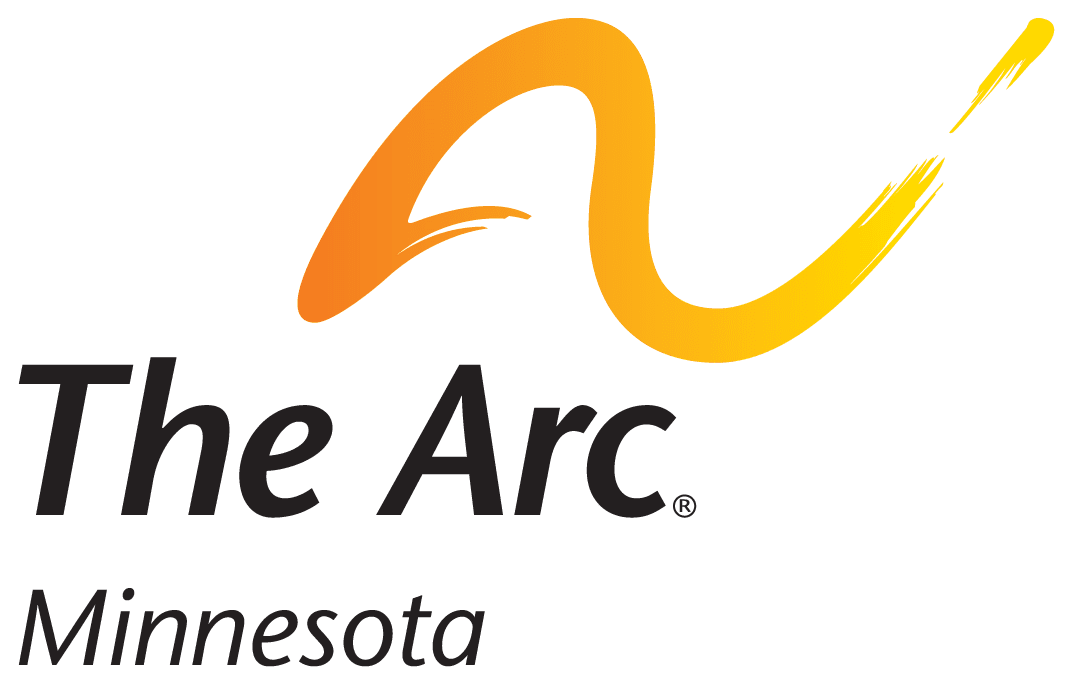March 31st is International Transgender Day of Visibility. Trans Day of Visibility is a day to celebrate transgender lives and raise awareness of the discrimination and oppression they experience. Throughout history and still today, transgender people face harassment, violence, and even death. This is especially true for Black, transgender (both binary and nonbinary) folks. Nonbinary is an umbrella term to describe a person whose gender does not conform to the traditional binary of man and woman. We celebrate and value all transgender lives!
Origins of International Transgender Day of Visibility
International Transgender Day of Visibility was organized by transgender activist Rachel Crandall-Crocker on March 31st, 2009. Crandall-Crocker created this day as she reflected on Transgender Day of Remembrance which is a day to mourn the transgender lives that have been lost due to discrimination and violence. Mourning and remembering the transgender lives taken is as vital as celebrating those who are still here. Learn more by reading our article on Transgender Day of Remembrance.
We must work together to celebrate trans lives now, while fighting for justice for our communities by preventing violence and promoting equality.
Intersectionality
It is important to recognize that transgender justice is deeply interconnected with other forms of social justice, including disability justice and racial justice.
Transgender and nonbinary people face numerous barriers to accessing healthcare, employment, housing, and other necessities. These barriers are often amplified for transgender individuals who also experience disability or chronic illness. For example, transgender people with disabilities may face additional challenges in finding affirming and accessible healthcare or getting accommodations at work or school.
Furthermore, transgender people who are also members of marginalized racial or ethnic groups may face additional discrimination. According to a report by the National Center for Transgender Equality, Black, transgender people are more likely to experience poverty, homelessness, and incarceration compared to their white, cisgender counterparts. Similarly, transgender people with disabilities are more likely to be targeted by law enforcement and experience violence than those without disabilities.
The intersections of disability justice, transgender justice, and racial justice are not limited to these examples. Rather, they are complex and multifaceted, requiring an ongoing commitment to advocacy and allyship.
As we celebrate Transgender Day of Visibility, let us also remember the importance of intersectionality in our advocacy efforts. We must work together to dismantle systems of oppression, recognizing that our struggles are interconnected, and our liberation is bound together. This means advocating for policies and practices that uplift the voices and experiences of transgender individuals, especially those who are also disabled. In the last few years, there have been a record number of bills that attack LGBTQ rights, especially transgender youth. It is critical that our advocacy efforts are inclusive and accessible to all individuals. This means prioritizing the needs and perspectives of those who are most impacted by systems of oppression, including transgender individuals with disabilities and those who are members of the Black, Indigenous, and other racialized communities.
Resources
Here are a few organizations that support and celebrate transgender people:
- Gender Justice
- Minnesota Transgender Alliance Support Group
- Reclaim
- Minnesota Transgender Health Coalition
Sources
https://www.them.us/story/trans-day-of-visibility-founder-rachel-crandall-crocker-essay
https://www.glsen.org/blog/im-trans-disabled-young-person-not-one-or-other
